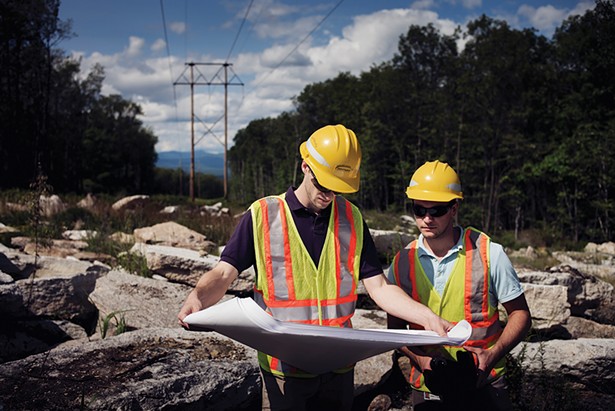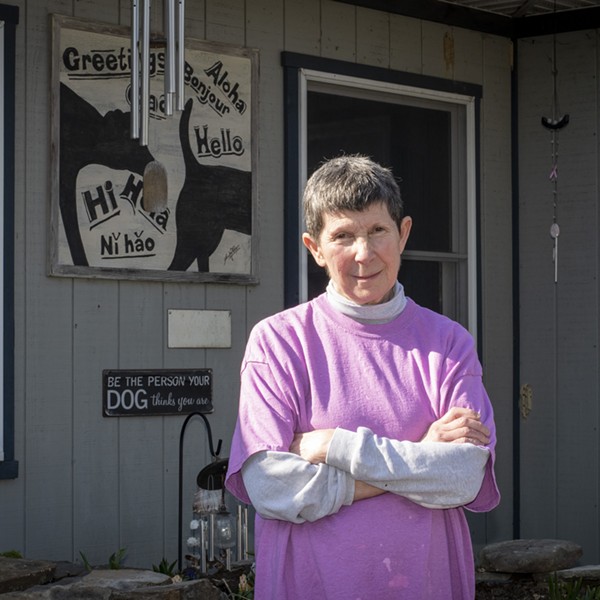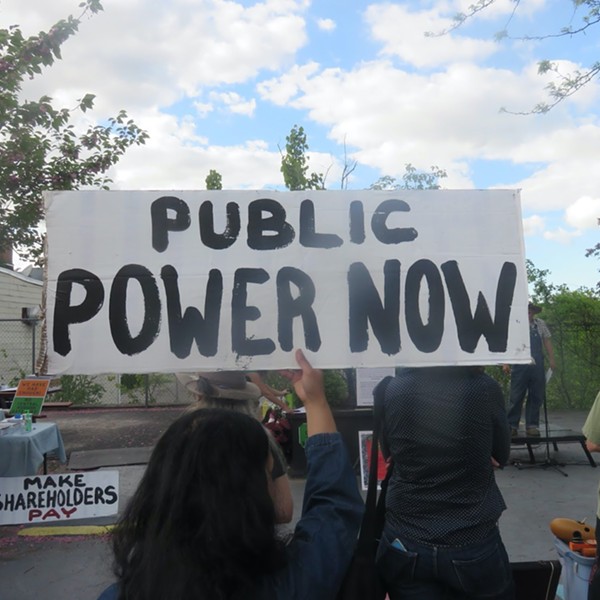Governor Andrew Cuomo has positioned New York as a leading state in the push to end fossil fuel dependency with his "Reform the Energy Vision" (REV). The initiative includes benchmarks such as generating 50% of electricity from renewable sources and reducing greenhouse gas emissions by 40% by 2030.
Eliminating fossil fuels from the electricity generating sector alone, however, won't be enough to reach the emissions goal, as that would only yield a 24% statewide reduction. The balance must come from a combination of improvements to energy infrastructure to enable growth in renewable sources and investments by consumers in highly efficient technologies such as electric cars and heat pumps to reduce emissions. Central Hudson, the utility serving the Mid-Hudson Valley, is committed to making investments in infrastructure and technology to cost-effectively reduce carbon emissions while continuing to provide reliable, resilient, and affordable power.
A significant portion of the energy generated upstate is from renewable sources, while most of the energy consumption is in southeastern New York, namely New York City and adjacent counties. There is a need to enhance the state's electric transmission system, made more urgent by plans to close Westchester County's Indian Point power plant, which generates 25% of the downstate region's electricity. Transmission can be thought of as an extension cord that delivers energy available from the northern and western parts of the state—where 90% of power is generated from zero emission sources including wind, solar, nuclear and hydro power—to high-use areas downstate.
Reducing the carbon footprint can also be achieved by simply using less energy. Here in the Mid-Hudson Valley, the most cost-effective way to lower carbon emissions is by participating in Central Hudson's energy efficiency programs, including promotions for improved technologies, rebate offers, appliance recycling, and energy education.
Any discussion on emissions reductions should include the role of natural gas. For example, converting a building from oil heat to electric heat pumps will reduce its carbon by saving on oil, but it will still require electricity to operate. Furthermore, the most accessible forms of renewable power—wind and solar—cannot be ratcheted up in response to a higher demand for electricity, and battery storage is still very costly. Natural gas for electric generation remains essential to balance variable clean energy resources and manage peaks in energy demand. It is also a cleaner alternative when converting from other fossil fuels, and has the potential to significantly reduce carbon emissions.
A complete transition to green power depends upon future advances in cost-effective technologies, significant investments by businesses and households, and changes in consumer behavior. Power generated from wind and solar is largely from a distributed generation network rather than a central power station, which requires different management approaches. Central Hudson is making improvements of its own by investing in technology to manage the local electric distribution system. As New Yorkers work toward the goal of living in a state where all electricity comes from a renewable source—slated for 2040 —it may also be appropriate to allow some of the large-scale solar facilities to be developed and managed by utility companies, for more consistent oversight and lower costs for residents.
For more information, visit CentralHudson.com.

















